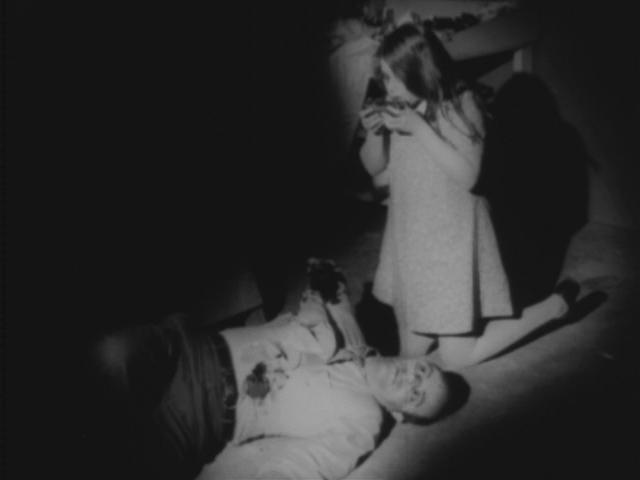
Hidden History
Hidden History
Turkey in the Straw
We often hear about the ways that authoritarian regimes repress history by redacting documents, doctoring photographs, falsifying testimony, and blurring out video footage. But much more insidious than outright censorship is a process of forgetting. Important stories are simply erased from our collective memory and lost to time.
One of history’s most valuable functions is to reclaim overlooked or neglected incidents from the past and reveal their significance. To take one example: the song “Turkey in the Straw,” which originated in the early nineteenth century and is commonly played by ice cream trucks today, reached a mass audience in the 1820s when white minstrels, who colored their face black, rewrote the lyrics, and transformed it into a deeply racist song entitled “Zip Coon.”
Zombies
They are the walking dead. They drag their feet and smell of decay. Their eyes are lifeless and they amble without purpose. They straddle the boundary between life and death.
Zombies, in American popular culture, are reanimated corpses with an unquenchable taste for human flesh, especially brains. They are human in form but lacking the self-awareness, intelligence, and a soul.
Zombies now pervade popular culture, from Night of the Living Dead to World War Z.

The undead have a history. They are a product of slavery and colonial dispossession. The very word has African roots, from words for corpse or ghost or spirit of the dead.
The idea of Zombies first appeared in Haiti in the seventeenth and eighteenth centuries, when the country was known as Saint-Domingue and ruled by France, which hauled in African slaves to work on sugar plantations. Slavery in Saint-Domingue under the French was extremely brutal: Half of the slaves brought in from Africa were worked to death within, on average, seven years, which only led to the capture and import of more.
Haitian slaves believed that dying would release them back to lan guinée, literally Guinea, or Africa in general, a kind of afterlife where they could be free. Though suicide was common among slaves, those who took their own lives wouldn’t be allowed to return to lan guinée. Instead, they’d be condemned to skulk the Hispaniola plantations for eternity, an undead slave at once denied their own bodies and yet trapped inside them—a soulless zombie.
After Haiti’s slaves overthrew their masters in 1804, the concept of zombies entered into Haiti’s folklore. Sorcerers were said to be able to bewitch individuals and force them to do heavy labor. It would be these ideas that would enter into American popular culture in the pulp fiction of the 1920s, which treated zombies as boogeyman, not unlike werewolves and vampires. The idea of zombies was further popularized by Hollywood in such movies as White Zombie (1932) or I Walked With a Zombie (1943).
Today, popular culture uses the zombie as an escapist fantasy, its historic significance long forgotten.